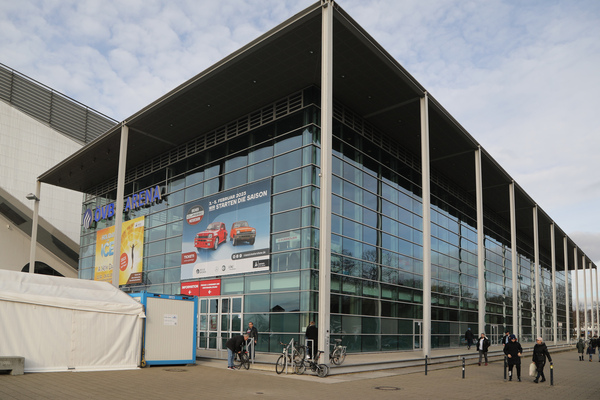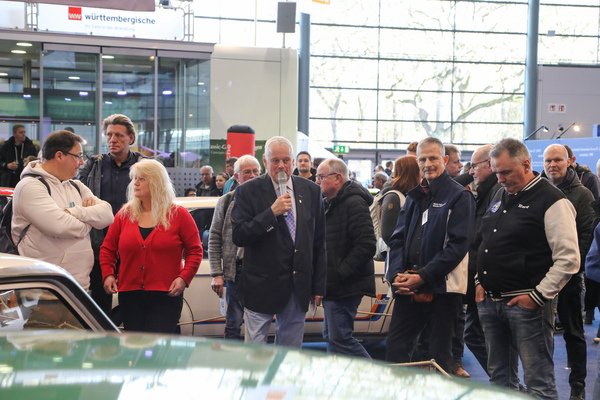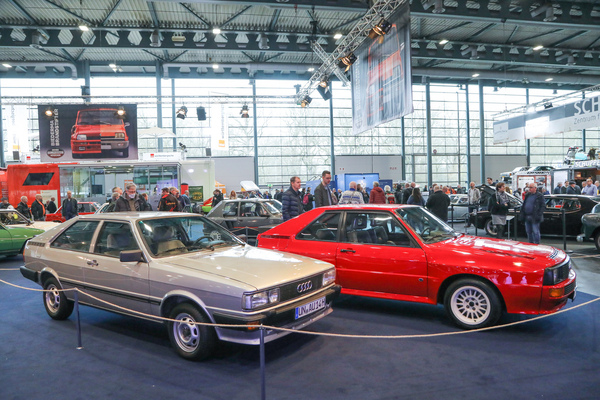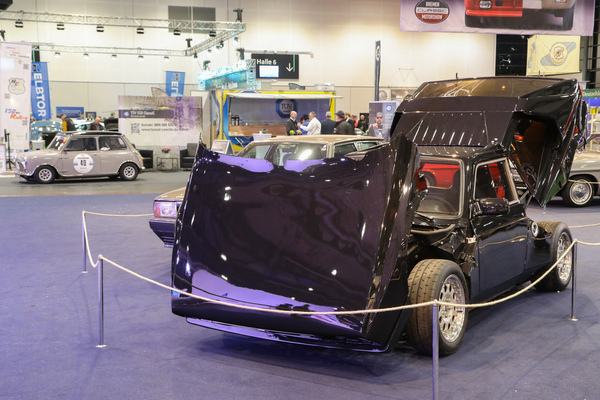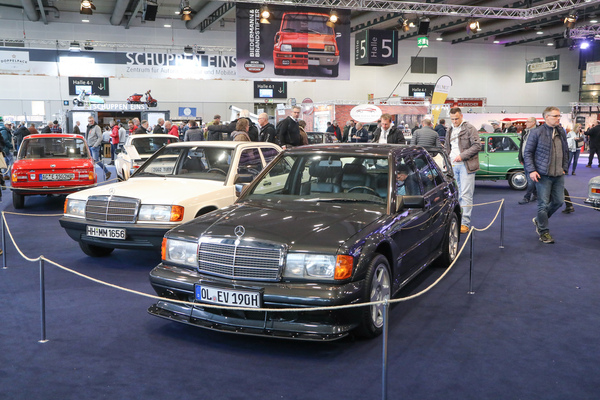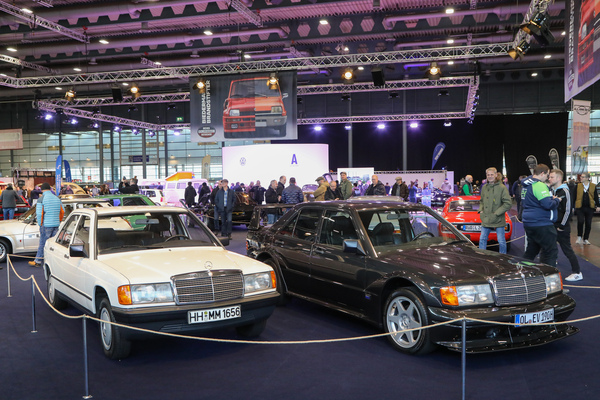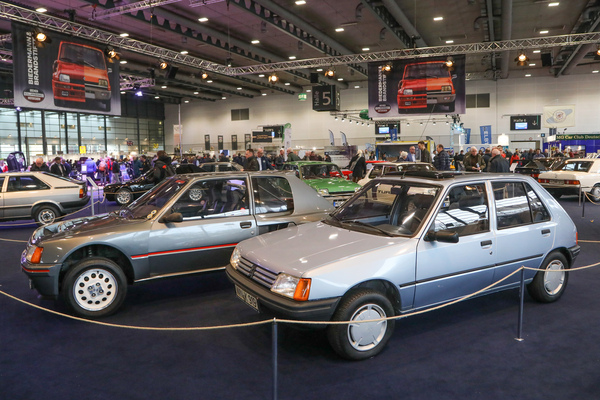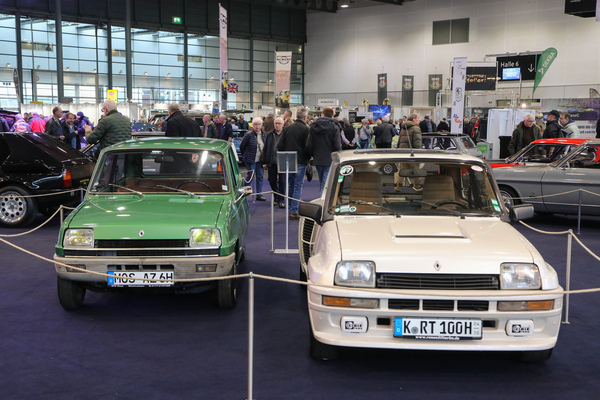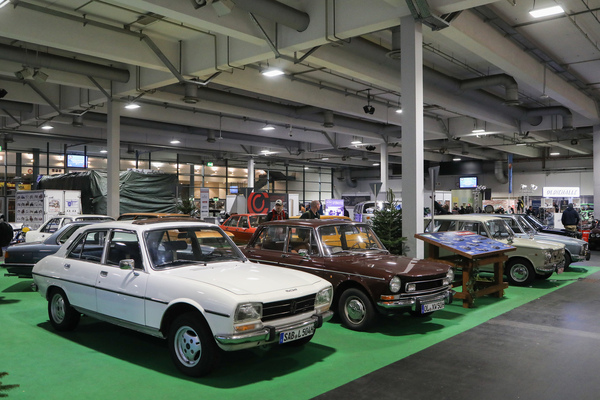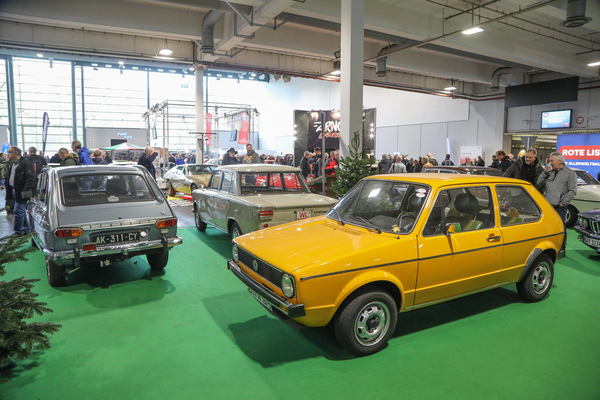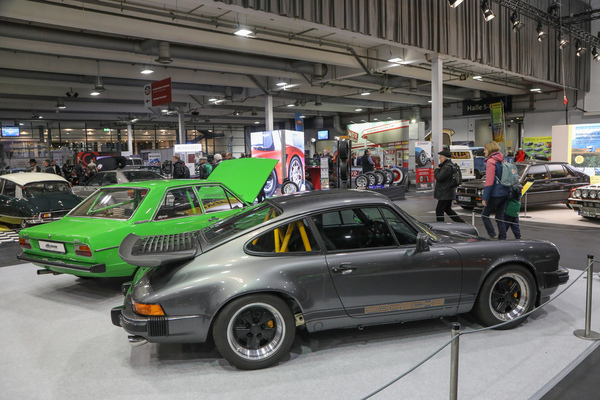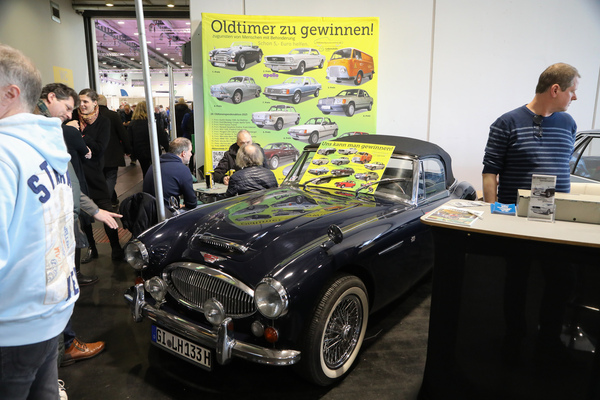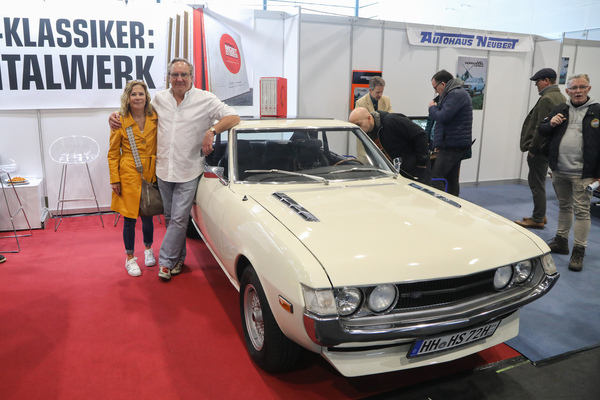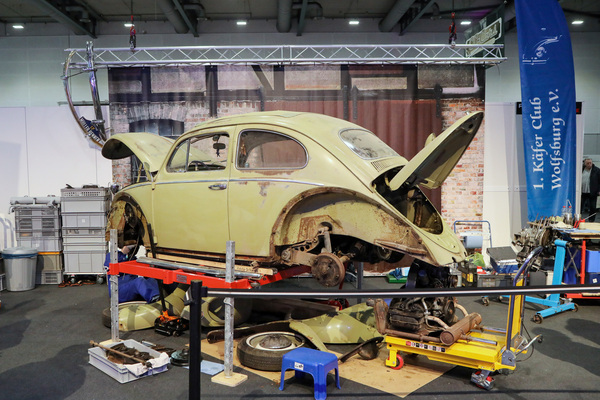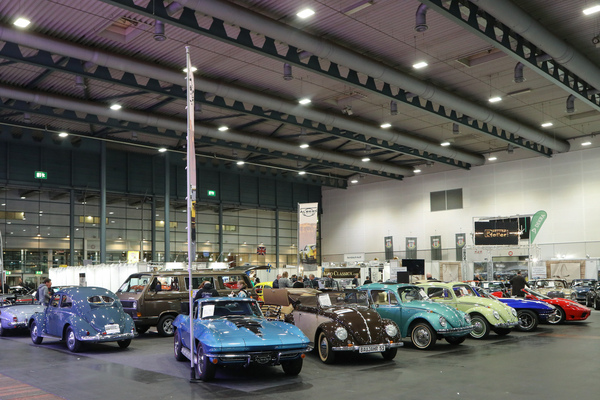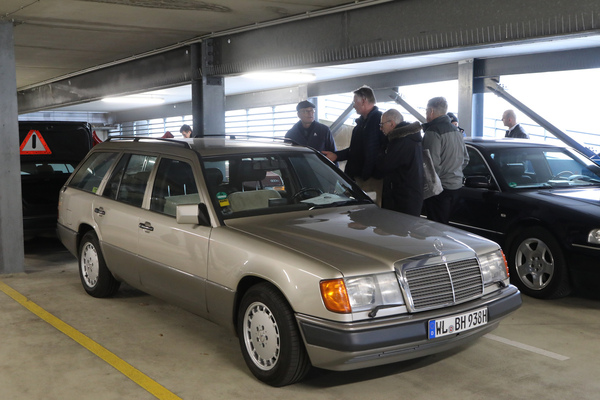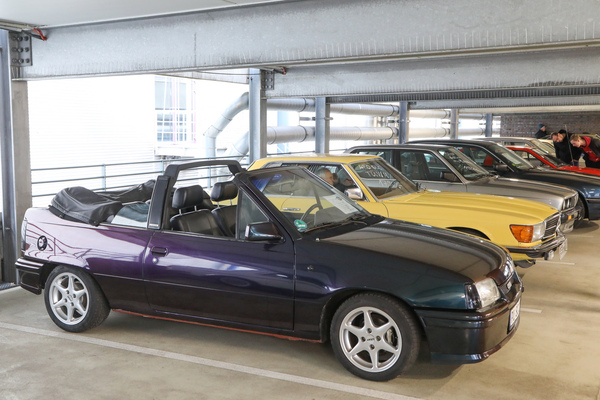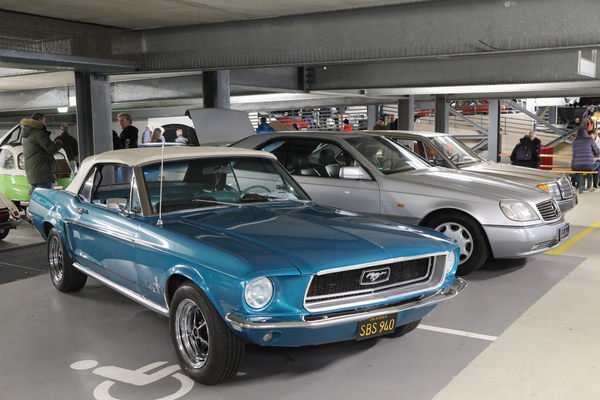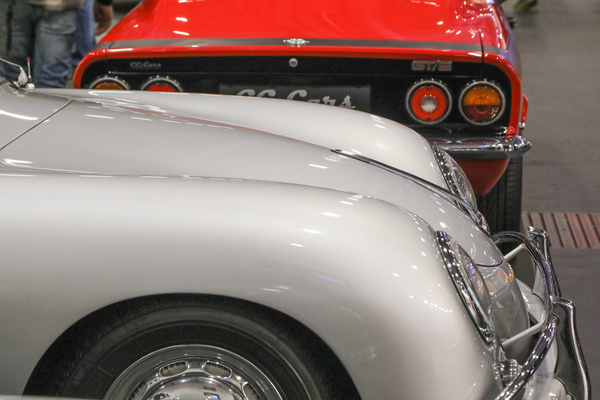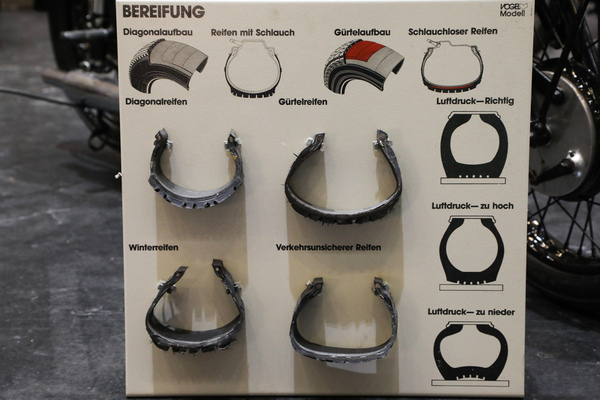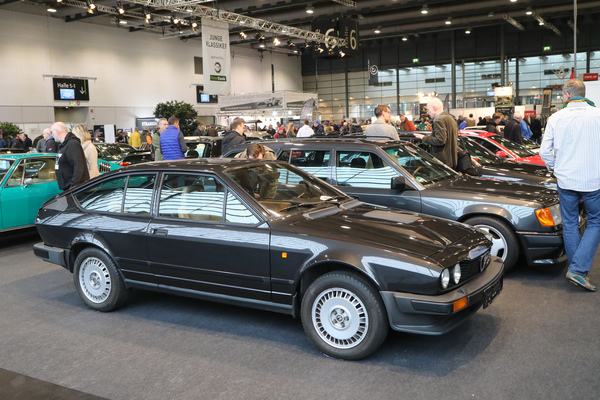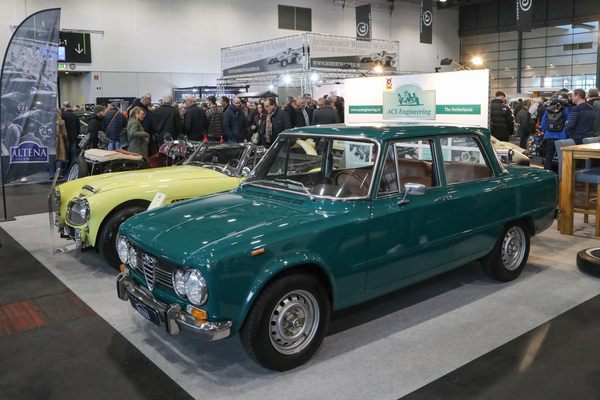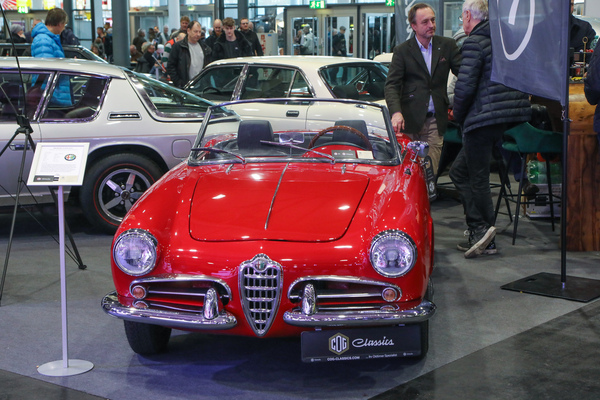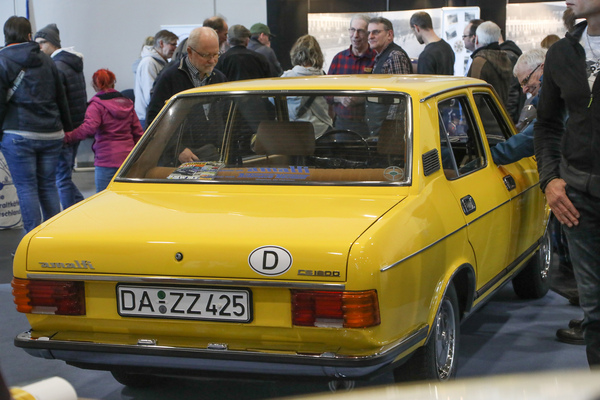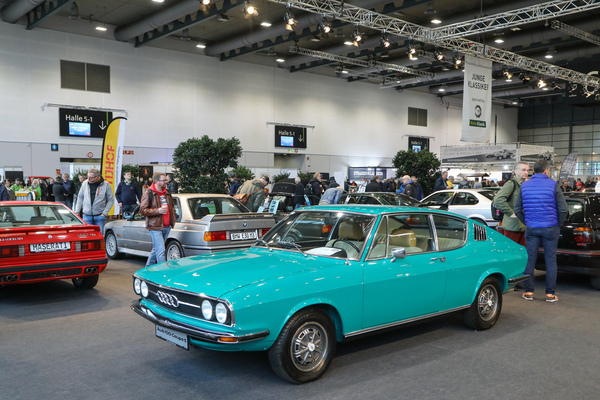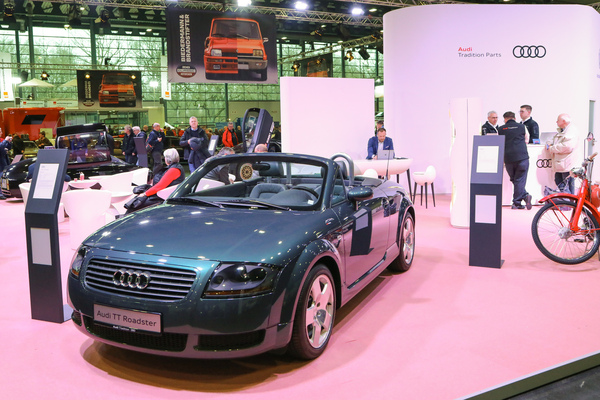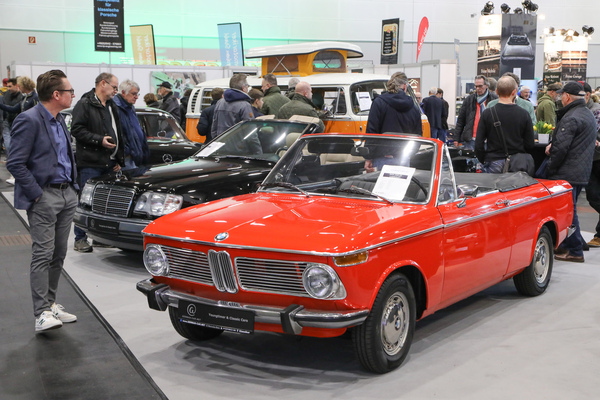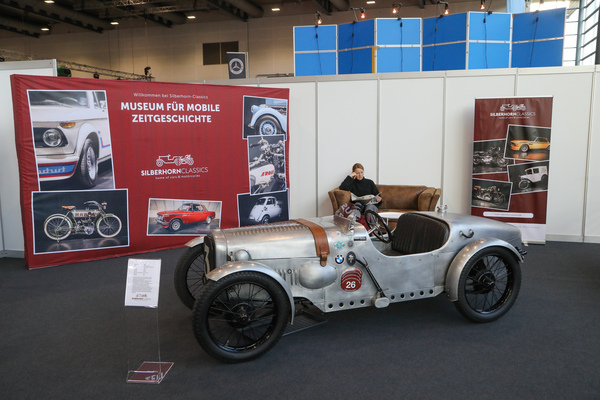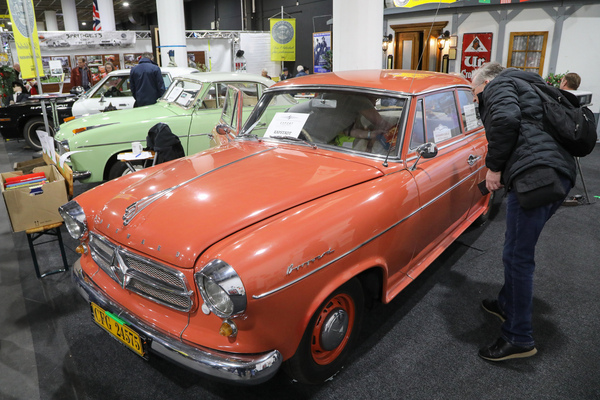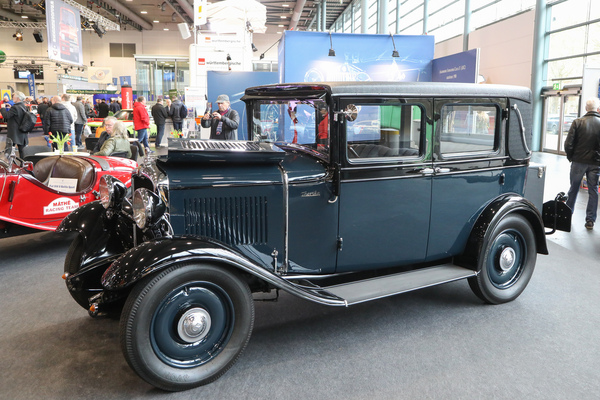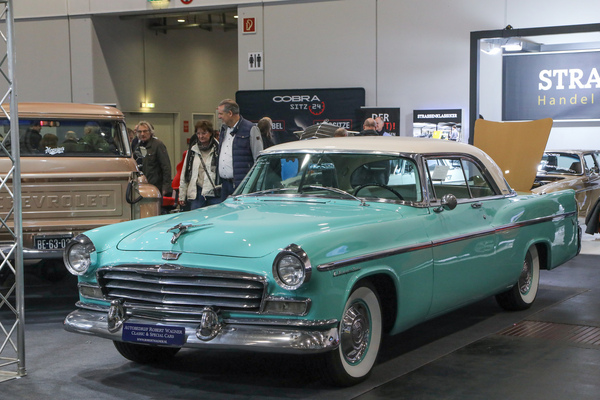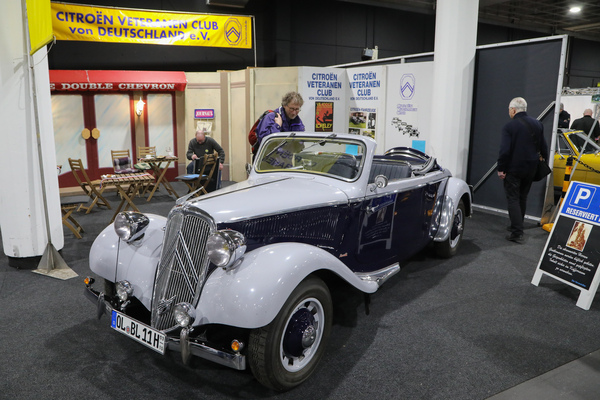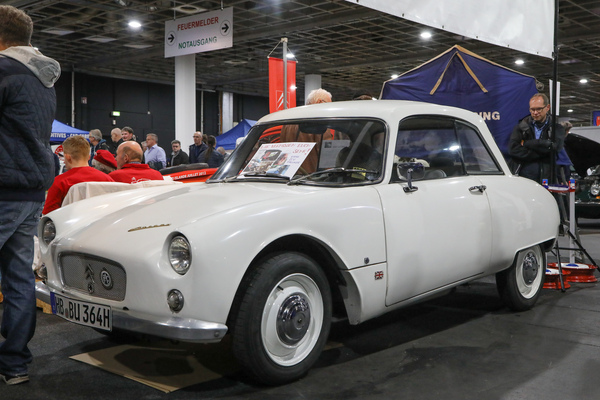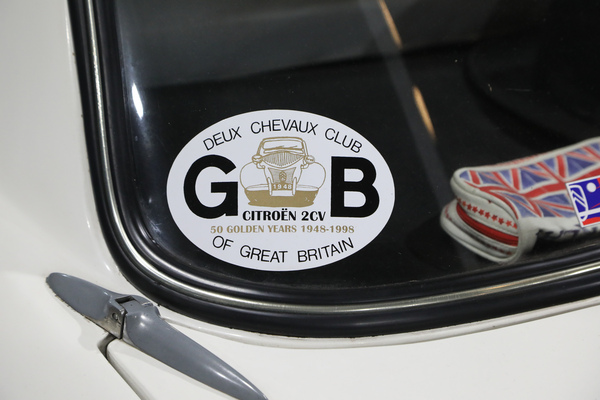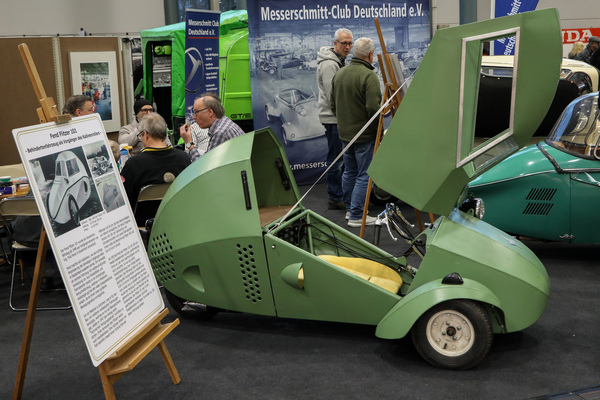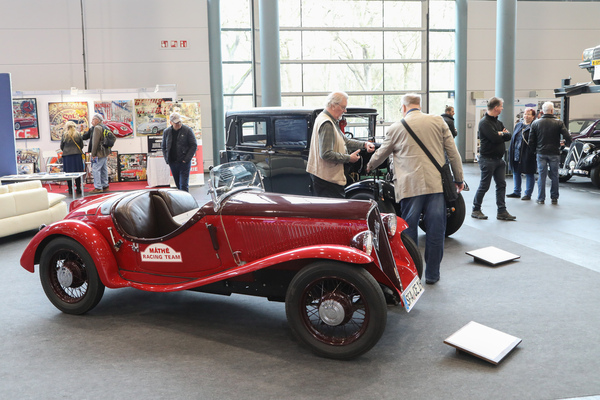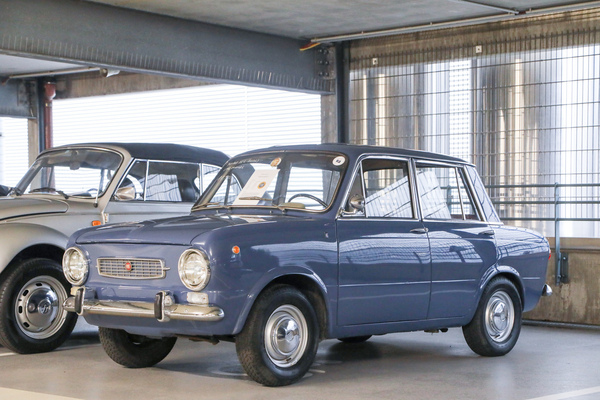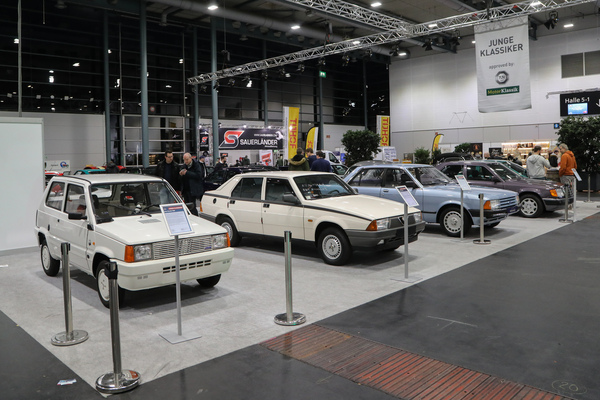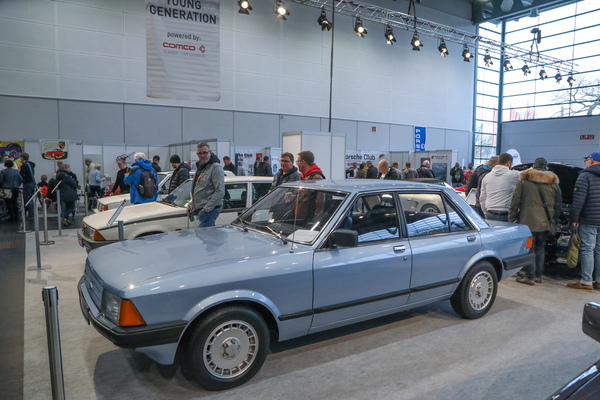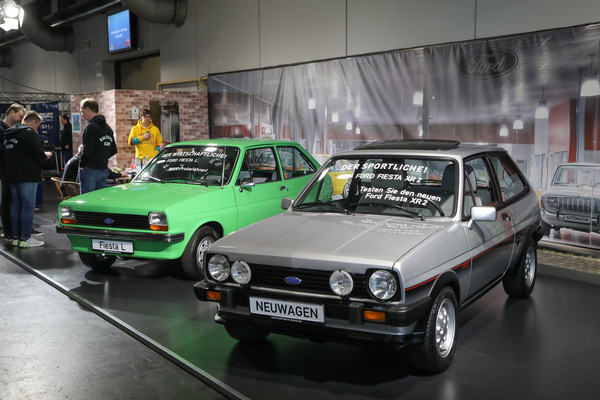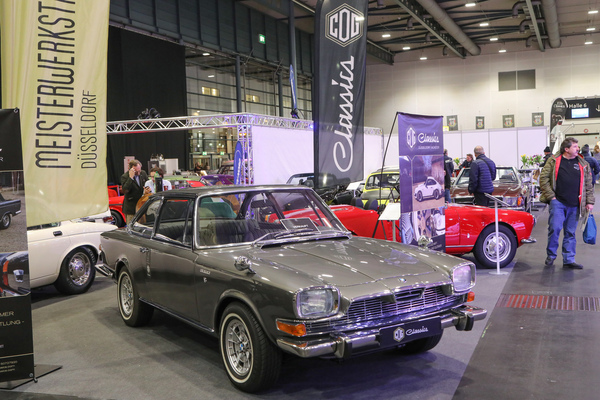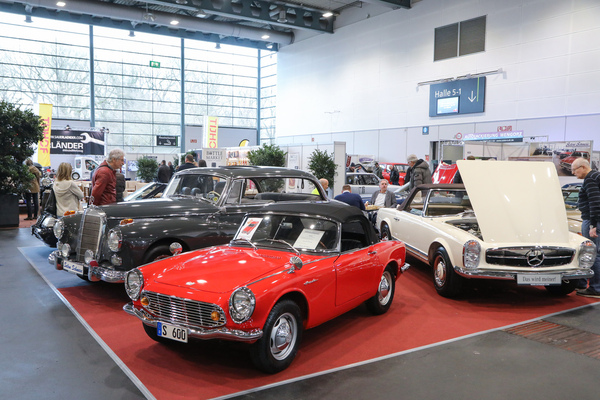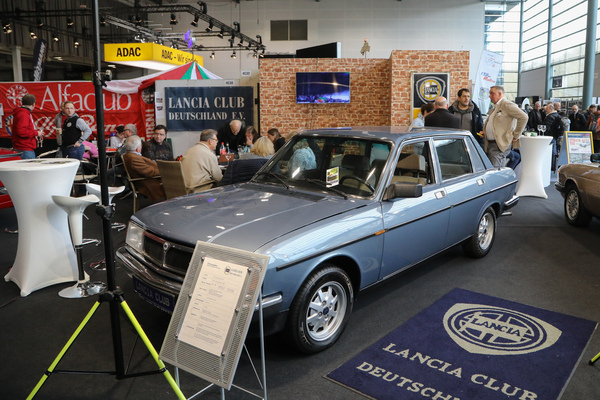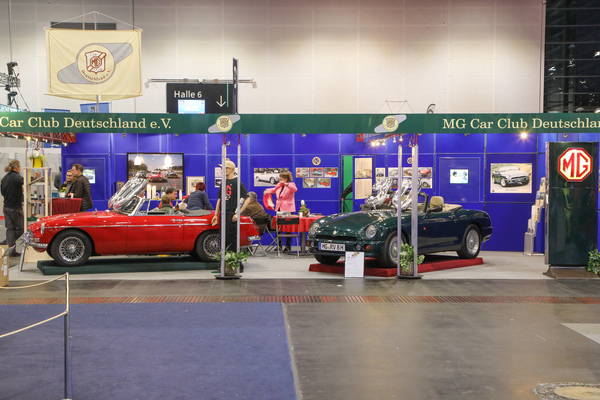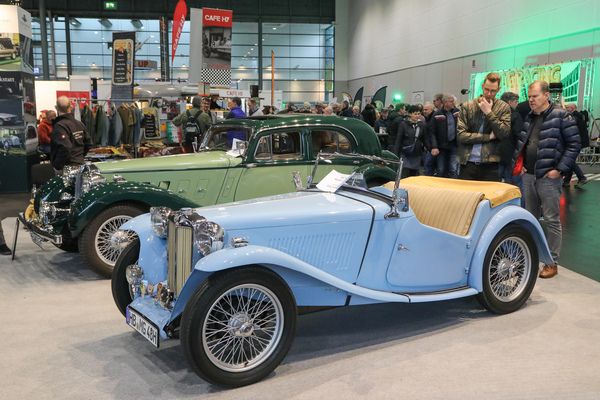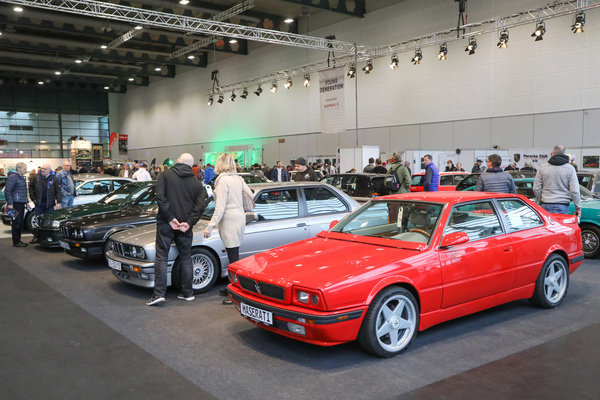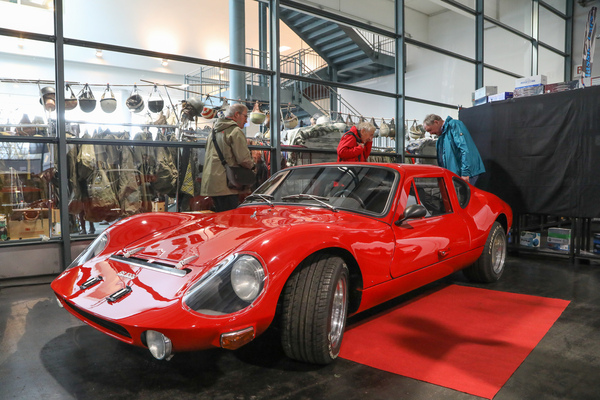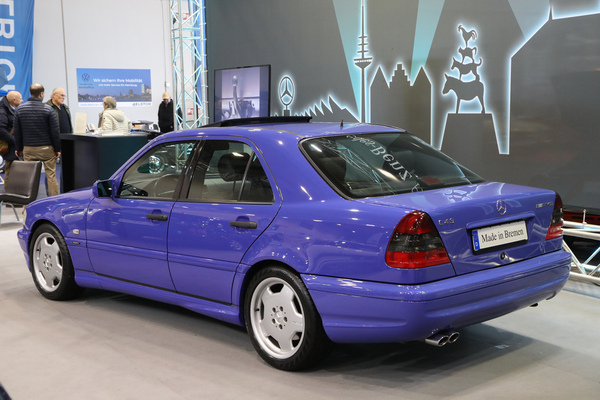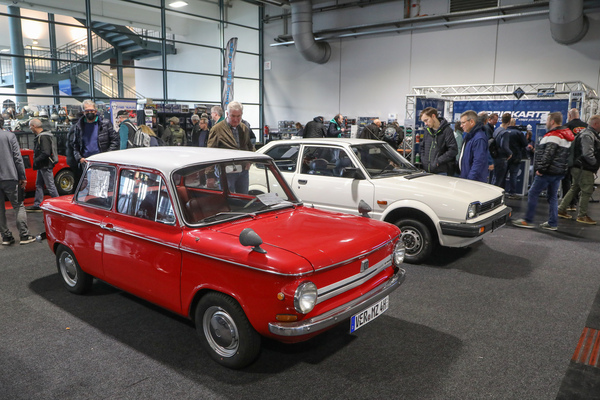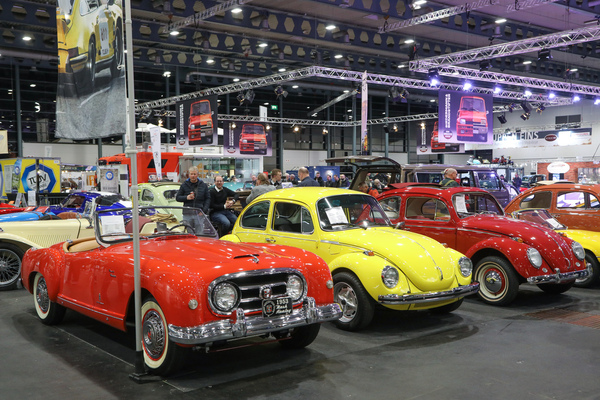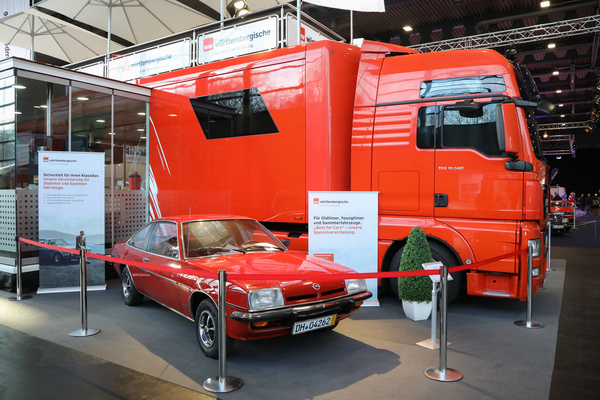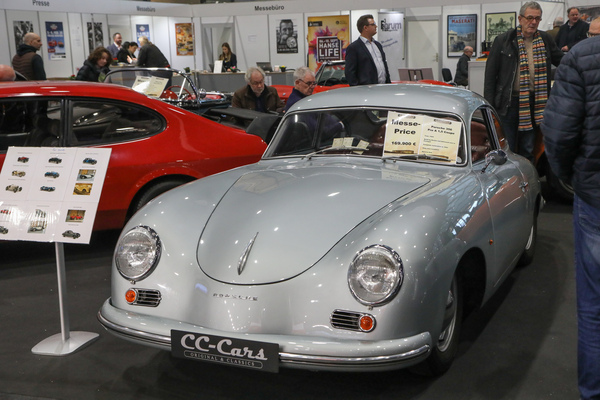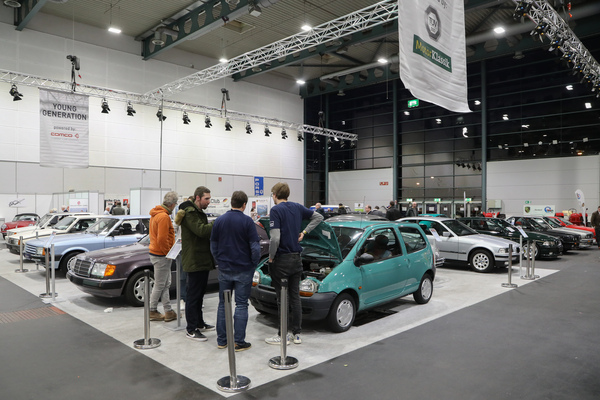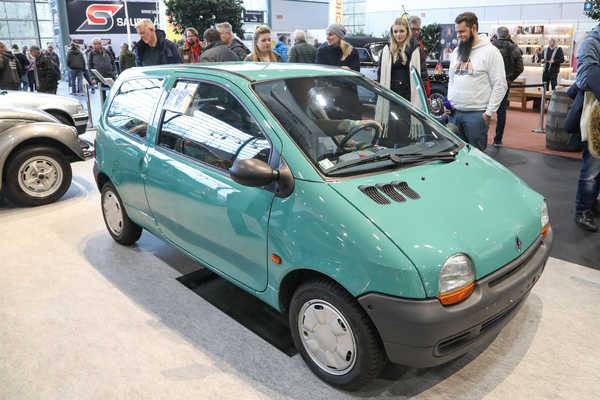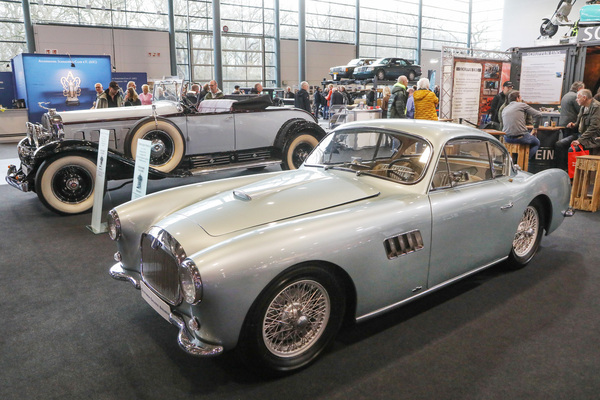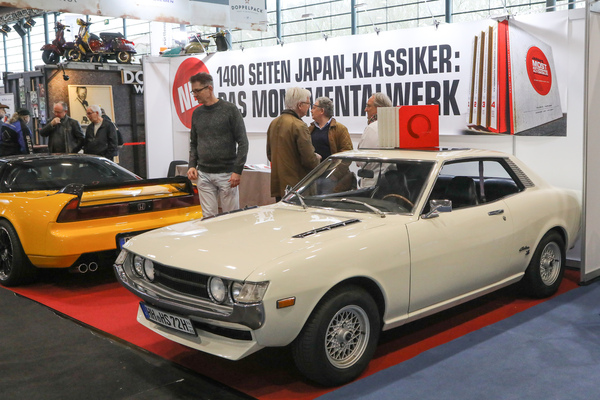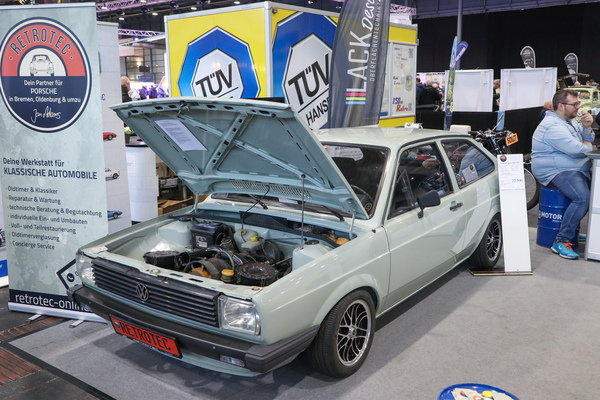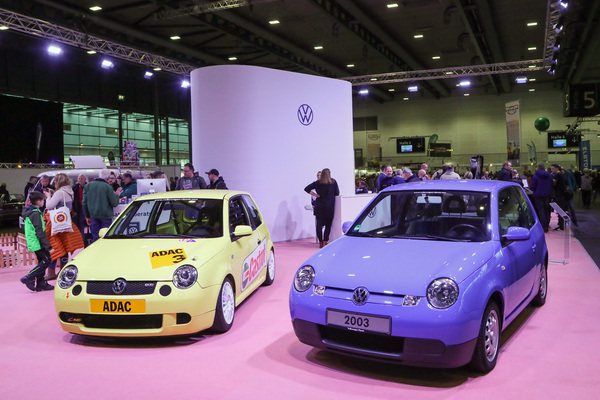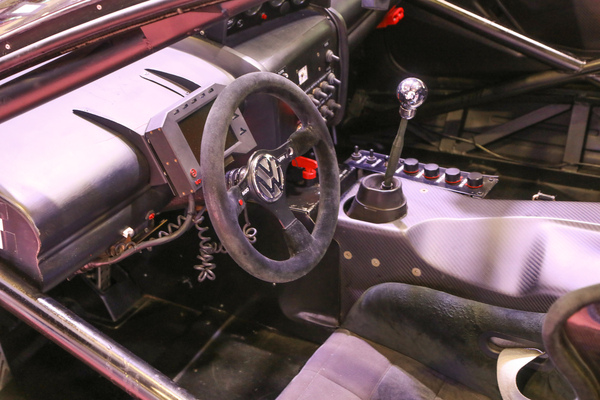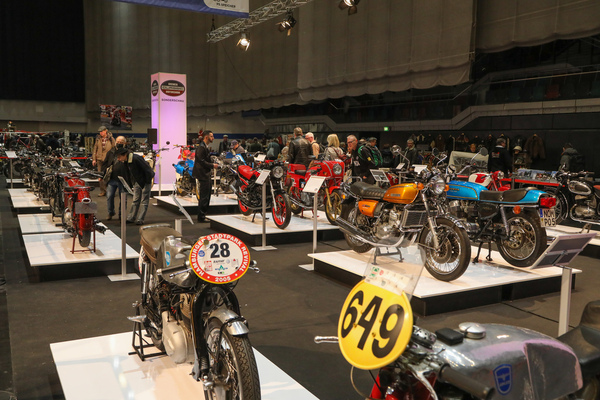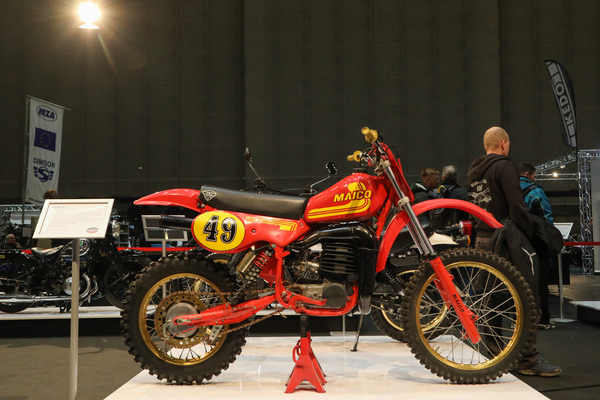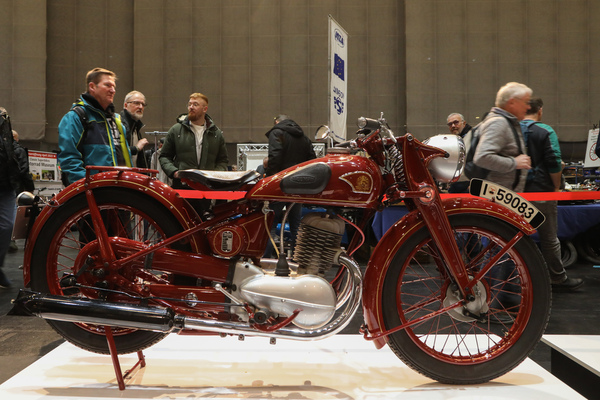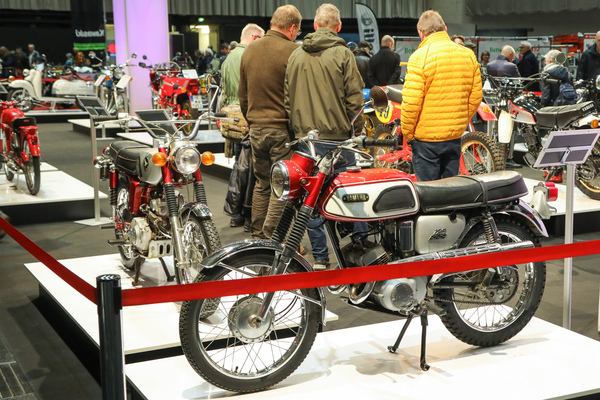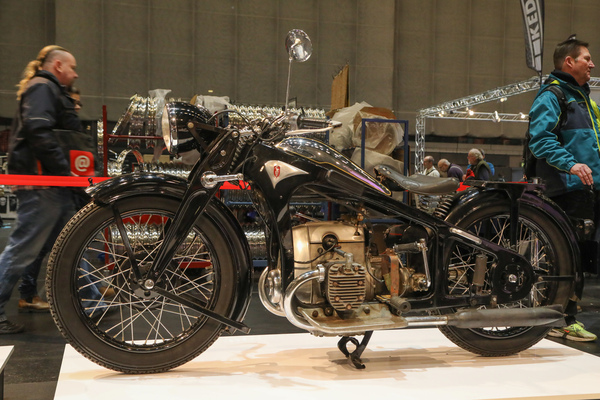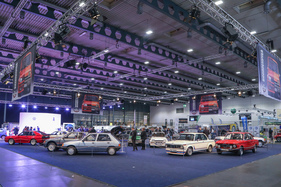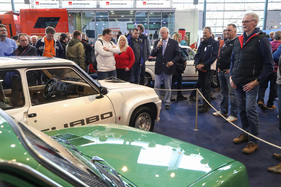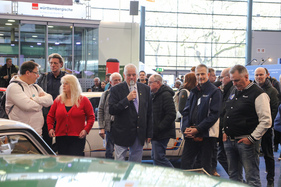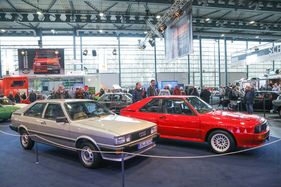The break lasted three years, elegantly bridged by Frank Ruge with video messages that were well received by the classic car scene. But nothing beats a meeting on site. From February 2 to 4, 2023, it was finally time for the Bremen Classic Motorshow to open its doors again. And the people came, and how! 40,000 people were expected, but anyone trying to stroll through the halls on Saturday was faced with a number of visitors that made this figure seem very likely. In fact, the fair has now confirmed 46,407 visitors for 2023, a 10 percent increase on 2020.
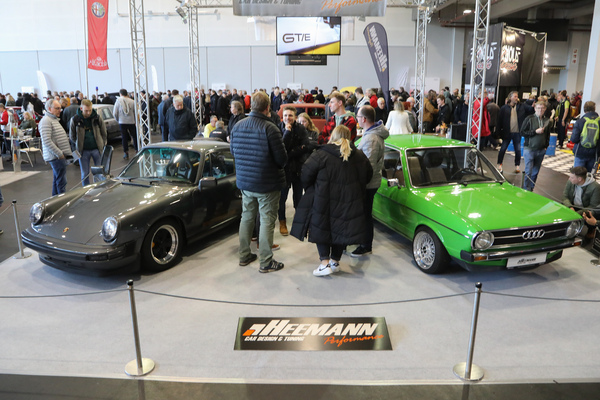
Despite this, hardly anyone seemed stressed; many smiling faces and cheerful laughter from the aisles showed that the classic car scene has returned to its former size and stamina.
Of course, all three years have become older, but there was no lack of newcomers and young people either.
The Bremen Classic Motorshow was celebrated, it was a three-day party for everyone who has something to do with more or less old cars, motorcycles, bicycles or even tractors.
Lots of enthusiasm
In Bremen, it was all about the joy of old metal, and it didn't have to be expensive. In fact, there was hardly a car to marvel at that traded for seven figures. And even six-figure prices and valuations were more of a minority. Most of the vehicles were well within the price range of the visitors.

But not all cars could be bought anyway. The clubs, which once again went to great lengths to present their brands and cars beautifully, made up a significant part of the trade fair. And this is really about enthusiasm, because as we all know, no one in the clubs earns money.
It takes a lot of free time to organize and design the beautiful backdrops and posters, the vehicle lettering and furnishings and bring them to the trade fair. And then there are the vehicles, which first have to be found and then transported. The club members made the most of the waiting time and came to Bremen with exciting vehicles.
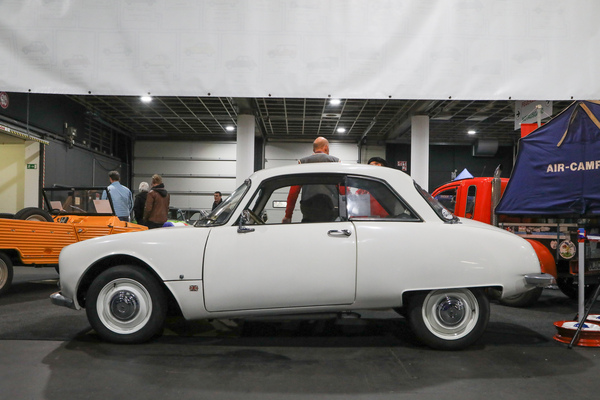
We were struck by the Citroën Bijou, a plastic coupé based on the 2 CV, which was produced in England in very small numbers and has hardly ever been seen in this country.

Or the Lloyd LT 600 and LTK 600, which are also rarely seen.

The Volvo Club had rare station wagons on display, while the Isetta Club had a demonstration model of the BMW 600. The list could go on and on, as almost every club stand had something worth waiting for.
Manufacturers without the fuss
Anyone looking at the bombastic stands of the major German manufacturers at Essen would perhaps hardly have noticed the presentation by VW/Audi or Mercedes-Benz. But both Volkswagen and Mercedes followed the trade fair theme of "Biedermann und Brandstifter" at least a little and showed weaker everyday cars and fast versions on their stands.
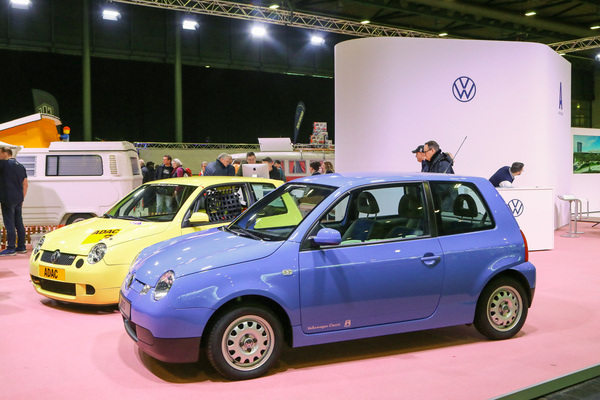
At VW, there were two Lupos, one as a 3L economy car and one as a Cup GTI. Next to it was a Spritsparter prototype and the Nardo W12 from 2001. Around the corner was an Audi TT Roadster, which is maturing more and more into a classic car, and a VW bus made of Lego bricks, which certainly drew the most applause from the children.
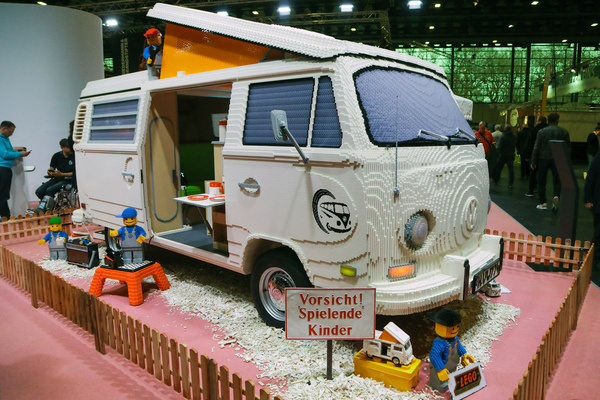
It is said that 400,000 bricks were needed to recreate the T2 Camper, and the result was impressive.
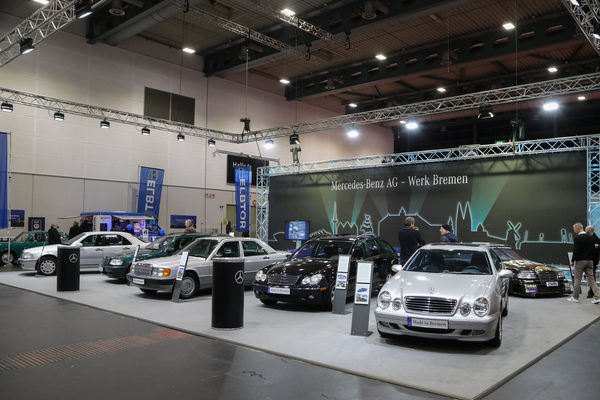
At Mercedes-Benz Bremen, where cars from the company's own production were on display, there was one of the C43 saloons, an AMG version of the otherwise well-behaved C-Class.
Otherwise, the manufacturers were conspicuous by their absence; neither Porsche nor Ford or Opel were represented, and international car manufacturers were absent anyway. However, they weren't missing all that much, as there was plenty else to see.
Youngsters on the rise
As in previous years, the Bremen Classic Motorshow deliberately did not focus exclusively on cars over 30 years old, but also welcomed youngtimers and even gave them their own forum. And so the "young generation" included a Renault Twingo from 1994, an Audi RS4 from 2001 and a Porsche Boxster from 1997.

These young classics certainly commanded confident prices, prices that some older classics would no longer be expected to command today.

The Renault Twingo was soon sold, as was a Fiat Panda 750, and a second Twingo in the parking garage (more on this later) also quickly found a new owner.

But it wasn't just the young cars that were marked with "Sold" signs early on, Corvette, Beetle, Lotus Elan, Ford Granada, Glas V8 and co. also went to new owners before the end of the weekend.
Species sanctuary
A particularly appealing special show was dedicated to the cars on the "red list", vehicles that were produced in large quantities but have practically disappeared from the roads and even from classic car events.

Here you could see an early four-door Alfa Romeo Alfasud 1.2, an Audi 100, a VW Type 3 Variant or a VW Golf I, but also a Simca 1501, a Fiat 1500, a Peugeot 504 or a Renault 16, to name just a few examples.
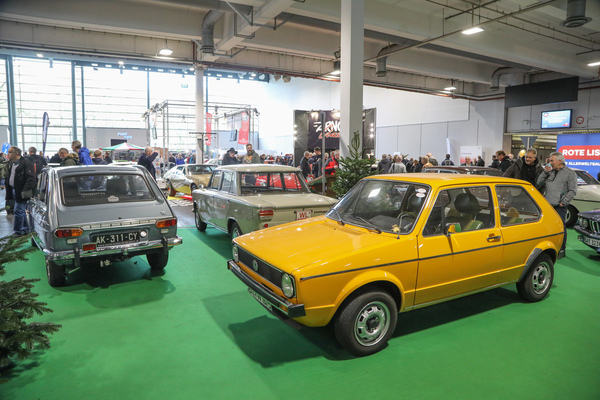
An elaborately designed plaque explained why these cars in particular are now worth protecting, even if they do not achieve high prices at auction.
Weak and strong
The theme of the central special show was "Biedermann and arsonist".
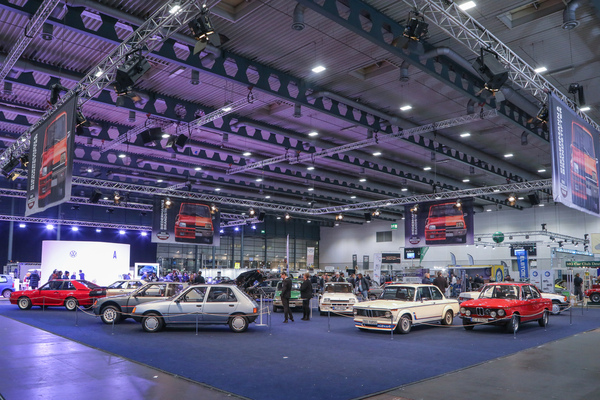
On display were pairs of simple everyday models and sports evolution versions that had emerged from them. Johannes Hübner guided visitors through the exhibition several times and explained the connections.

On display were two variants of the Ford Capri, a baby Benz 190E and the Evo II variant as a homologation model for the DTM, a narrow-chested Renault 5 and the Turbo II with mid-engine, a Peugeot 205 as a four-door and the mid-engine variant T16 for Group B, a narrow Audi Coupé and the Sport quattro next to it as well as the BMW 1502 and 2002 turbo pairing.

This exhibition certainly caused a lot of discussion among fans, and some people who perhaps drove a four-cylinder Capri would have loved to have had the RS 2600 back then.
Craftsmanship at work
There was not only a presentation in Bremen, but also real work.
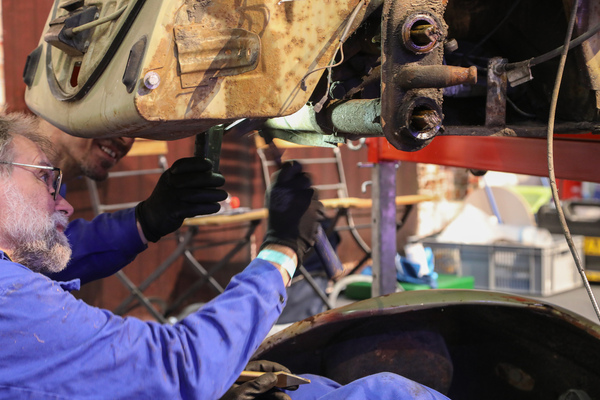
The VW Beetle friends from Wolfsburg worked on a rather rusty Volkswagen and let visitors look over their shoulders.
The vehicle market in the parking garage
The classic car market in the adjoining parking garage has a long tradition. Owners of vintage and classic cars could offer their vehicles for sale for a small fee.
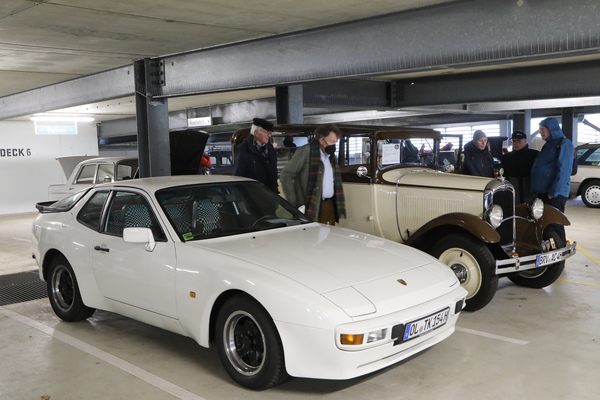
The variety was also great in 2023, with Mercedes-Benz, Opel, Porsche, Audi, BMW and many other manufacturers represented. Pre-war cars could also be found. A walk across the several floors required a warm coat, but often made for warm hearts.
Rarities and trouvailles
Those who made the pilgrimage through the eight halls were able to find many rarities, even if gullwing cars and other high-priced exotics were missing.

But who has ever seen a Fiat 850 Lucciola, a four-door version of Francis Lombardi's 850?

Or who is familiar with the estate version of the Champion 500 G, which was produced in almost homeopathic quantities?
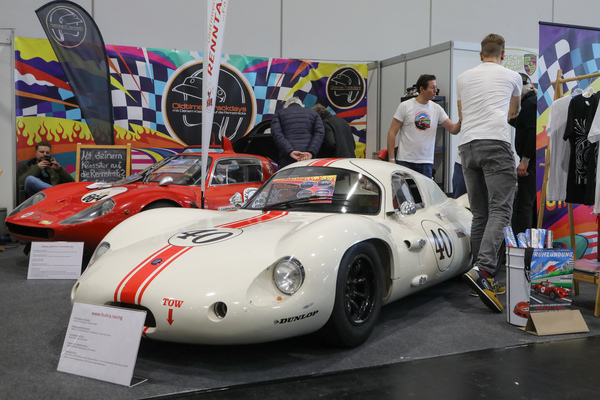
Many testers had probably also never seen a Costin GT Prototype before and the MG SA Saloon is also not part of everyday fare.
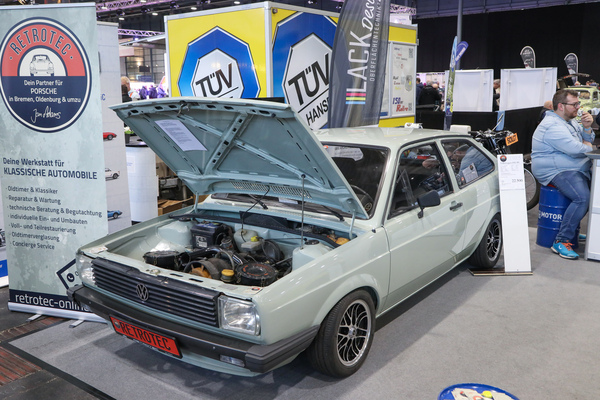
And when has anyone in this country been able to take a closer look at a VW Gol X from Brazil? A four-cylinder boxer engine sits on the front axle and the shape is reminiscent of the Golf.
Some cars even had to be imagined first.
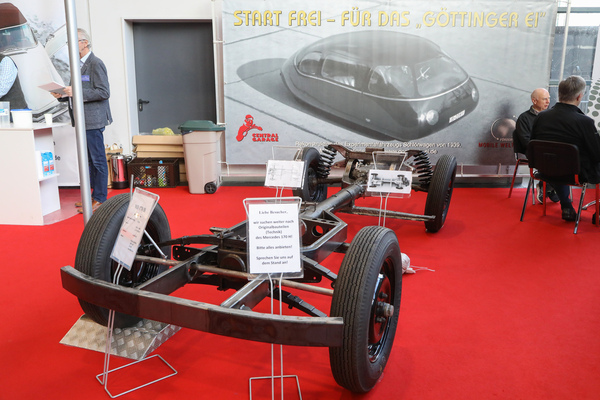
The so-called "Göttinger Ei" is to be resurrected on a restored Mercedes-Benz 170 H chassis. The Schlörwagen was one of the early aerodynamically optimized cars of the pre-war era and is now being recreated almost from scratch by a circle of enthusiasts. At least there is good photographic material, but even so, there is still a lot of puzzling over some of the design tricks.
Beyond originality
The fact that the scene is changing after all could be seen in some of the Restomod vehicles that were also on display.

Whether it was a Lada with an Audi RS3 engine, a souped-up Audi 100 Coupé or an American with low-profile tires, opinions were divided, but the differences were tolerated.
Also for two-wheeler enthusiasts
The Bremen Classic Motorshow has long been dedicated to two-wheeled classics and the special motorcycle show is always one of the main attractions.

This time, the focus was on the juxtaposition of two-stroke and four-stroke motorcycles and here, too, there were probably many a bike on display that you would otherwise only know from books.

But the special two-wheeler show was not enough, there were of course also motorcycles for sale, slower and faster ones, and even bicycles were given enough space. Here, in particular, there were particularly illustrious names such as Bianchi and Colnago to admire, as well as bikes made in Germany.
Lots of entertainment and information
In Bremen, not everything is serious at the trade fair. For example, visitors could admire the Amalfi from a TV series or reflect on what they had seen at a whisky tasting.

And anyone who wanted to know something was always greeted attentively at the stands and hardly any questions remained unanswered, whether it was about insurance issues or planned restoration projects.

Everyone agreed that it was a great trade fair. An admission price of EUR 18.00 can also be seen as very fair for what was on offer from the approximately 730 exhibitors. And of course we are already looking forward to the next edition in February 2024.

